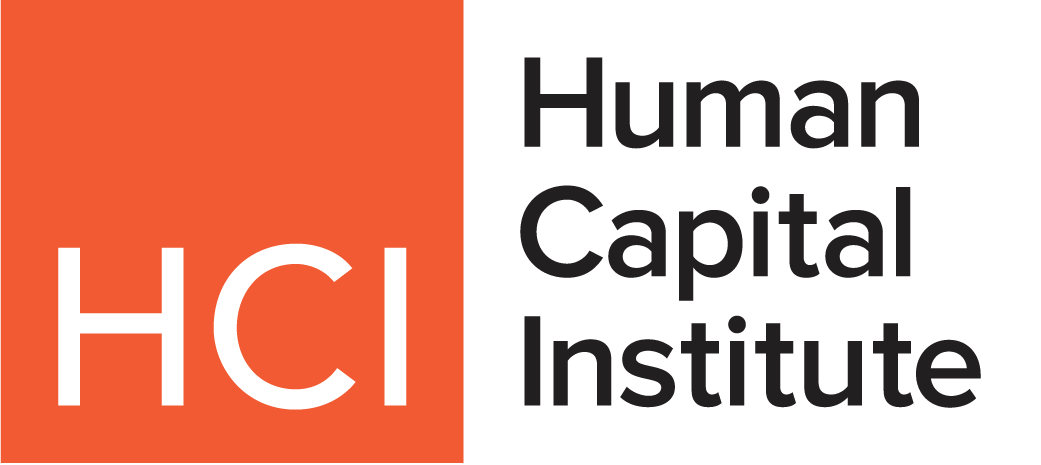We rarely talk about what really causes people to leave a company within their first few months.
It’s not always a bad fit.
It’s not always about the pay.
Most of the time, it comes down to one thing—the disconnect between what was promised and what was delivered.
Companies invest time, energy, and budget into finding top-tier candidates. It’s an expensive process, especially when you consider the average U.S. employer spends $4,700 just to hire someone.
They sell a vision of growth, opportunity, and culture. But too many new hires show up excited on day one, only to find an unstructured onboarding process that undermines what they were promised.
Within two weeks, many are checked out.
Gallup reports only 12% of employees strongly agree their organization does a great job of onboarding. That’s a problem. But, it’s also a clear opportunity for organizations to fix the root cause of early turnover: ineffective onboarding.
If onboarding is treated like a one-and-done process—hand them a laptop, give them a slide deck, check the box—then the message you’re really sending is, “You’re on your own.”
But, when onboarding is intentional and well-designed, it creates momentum, builds trust, and accelerates performance. Most of all, it sets the tone for everything that follows.
Early experiences shape long-term outcomes. Here’s how to get onboarding right.
What Great Onboarding Actually Looks Like: The First 90 Days
One of the biggest mistakes companies make is treating onboarding like a race to the finish. The faster we get through it, the better. But really, speed without structure just creates confusion, and the data proves it. Employees who have a solid, structured onboarding experience are 58% more likely to stay with a company for at least three years.
The companies that retain talent long-term extend onboarding into the first 90 days by coaching new hires, setting clear milestones, and reinforcing learning along the way. From day one, they paint a clear picture of what success looks like, because when people know where they’re headed, they’re more likely to stay.
So, what does good onboarding look like in action?
It begins with a structured 30/60/90-day roadmap that includes learning milestones, measurable goals, regular check-ins, and real-world tasks that align with the job.
To bring this to life, here are some key principles that make onboarding effective:
- Start with how people actually work and build the experience around their environment
- Involve managers from the start and train them to coach, rather than delegate
- Replace passive materials with interactive experiences
This is the approach we used when we built the “Ramp to Revenue” program at ELB for a newly-hired sales team.
We designed it as a 90-day onboarding experience combining weekly coaching, real-time activity tracking, and interactive learning. This structure meant the reps had clear expectations from day one. They received immediate feedback, practiced realistic scenarios before they went live with AI avatars that simulated real-world conversations, and stayed accountable to KPIs with support from their managers.
By the time quotas kicked in, 60% of reps had already closed a deal. This is what happens when onboarding mirrors the job someone was hired to do.
The same thinking applies beyond sales. One of our clients—an organization that staffs hospitals and healthcare facilities across the nation—came to us with a fragmented onboarding process that varied by location.
We worked with them to build a standardized, scenario-based onboarding experience. The learning combined immersive exercises with board game elements, allowing new hires to step into realistic situations. They encountered and resolved scenarios that challenged them to apply safety protocols, make quick decisions, and collaborate with their team.
As a result, new hires reached proficiency faster, patient safety improved, and they no longer felt like they were being thrown in without support.
No matter the industry, the lesson is the same throughout. When onboarding reflects real work and the real world, people click in faster and stick around longer.
Moving from Onboarding to “Everboarding”
The pace of change in the workplace is constant. Roles evolve, tools update, and desired outcomes shift. The reality is that learning shouldn’t stop after onboarding.
Instead, organizations should adopt an “everboarding” mindset. Everboarding creates learning organizations, where people are encouraged to explore their curiosity, grow new skills, and collaborate on discovering solutions. Learning milestones and goals should evolve as employees reach new peaks in their roles.
Everboarding works best when learning is continuous, embedded, and tied to business outcomes. Here’s how to bring everboarding to life:
- Connect learning to what drives your company’s bottom line by tracking how training impacts revenue, risk, and team performance
- Train managers to provide regular coaching and create feedback loops that support skill growth, career development, and continuous improvement
- Celebrate learning achievements and skill development to motivate continued growth and reinforce a culture of learning. I’ve seen teams incorporate what they learned into weekly team meeting agendas or share key takeaways widely after attending a conference.
- Regularly refresh learning materials and onboarding processes using employee feedback and new tools. Just don’t fall into the trap of thinking that what’s fast with AI is also good. Speed is important, but not if it produces content that’s subpar, boring, inaccessible, or misaligned with business objectives.
- Create space for ongoing connection and support. One of the most overlooked drivers of retention is a sense of belonging, and you can’t get that from a training manual.
- Don’t forget that AI tools can also be used to personalize learning paths, identify skills gaps, and deliver content in the flow of work. One L&D team we worked with used AI to surface just-in-time resources based on role, tenure, and performance data. Instead of digging through outdated files, employees received timely, targeted guidance when and where they needed it most.
If the goal is to help people stay and thrive, onboarding – and learning – has to evolve into something that adapts with the employee as they grow.
So, the question isn’t just: Did we onboard this person?
It’s: Are we continually setting them up for success with the tools, clarity, and support to thrive over time? That’s how you build trust and keep your people.
The best organizations recruit well, onboard well, and support learning from day one. Don’t wait until your next exit interview to fix onboarding. Start now.




